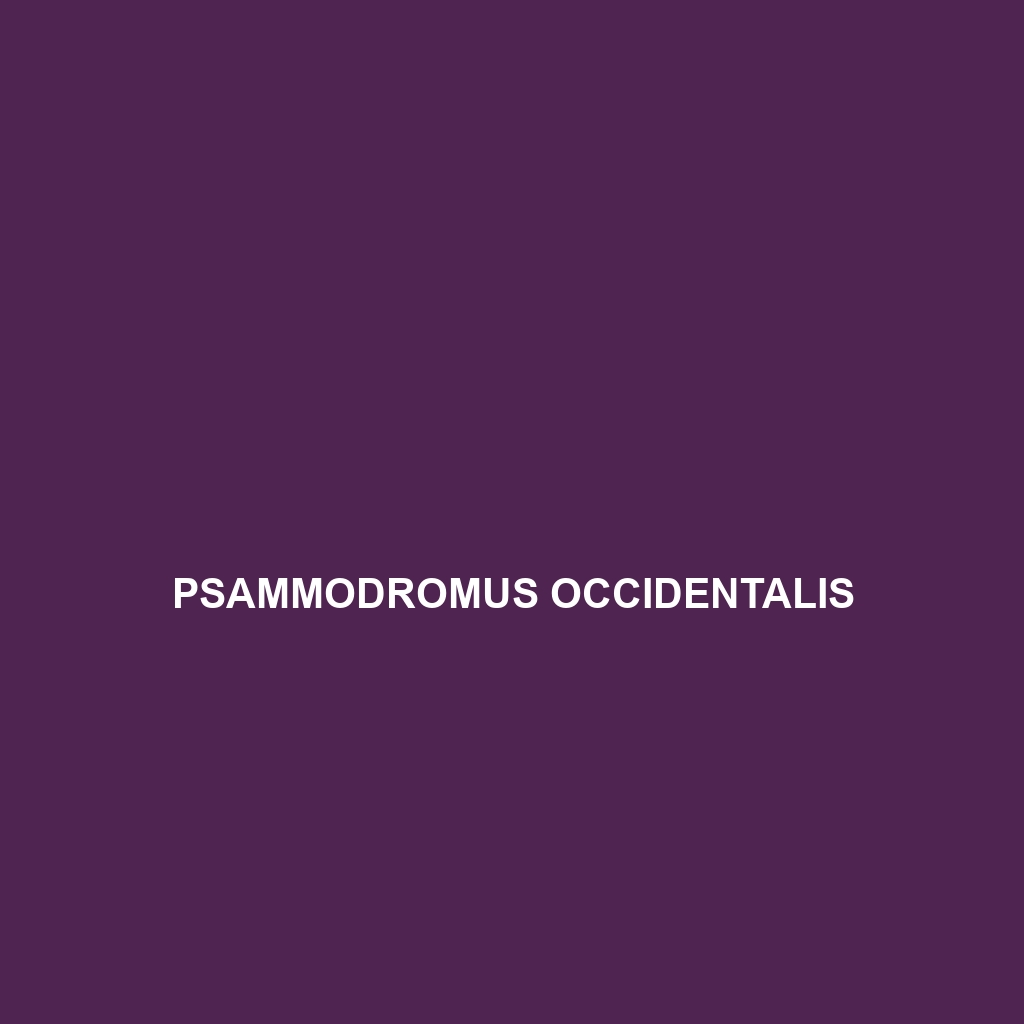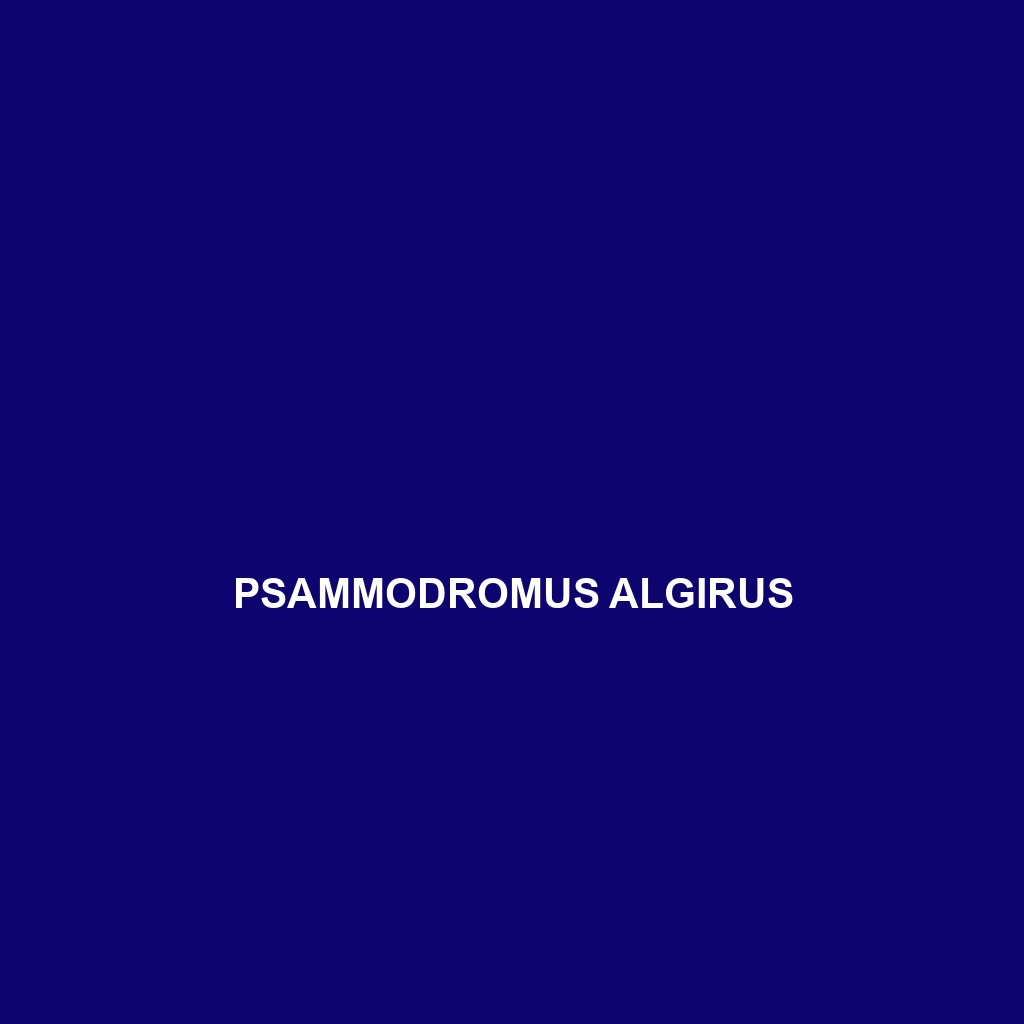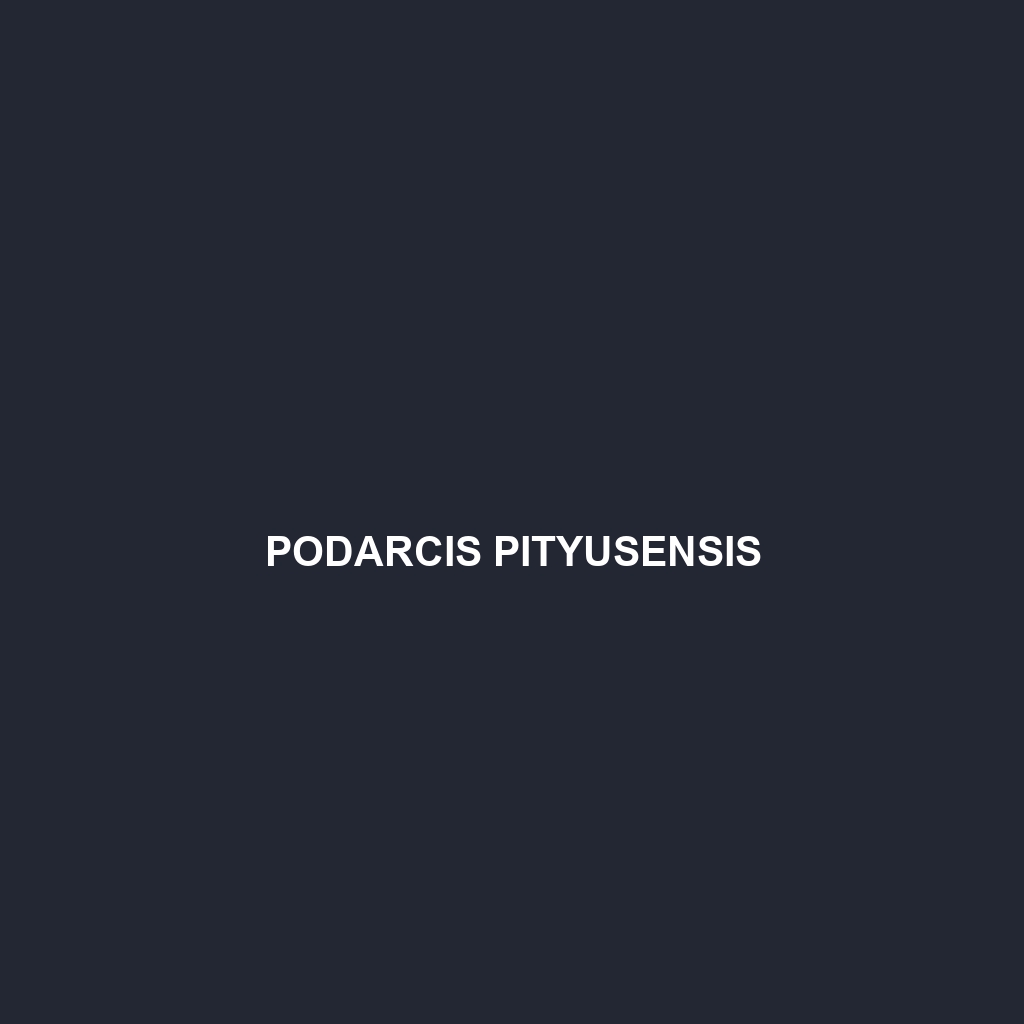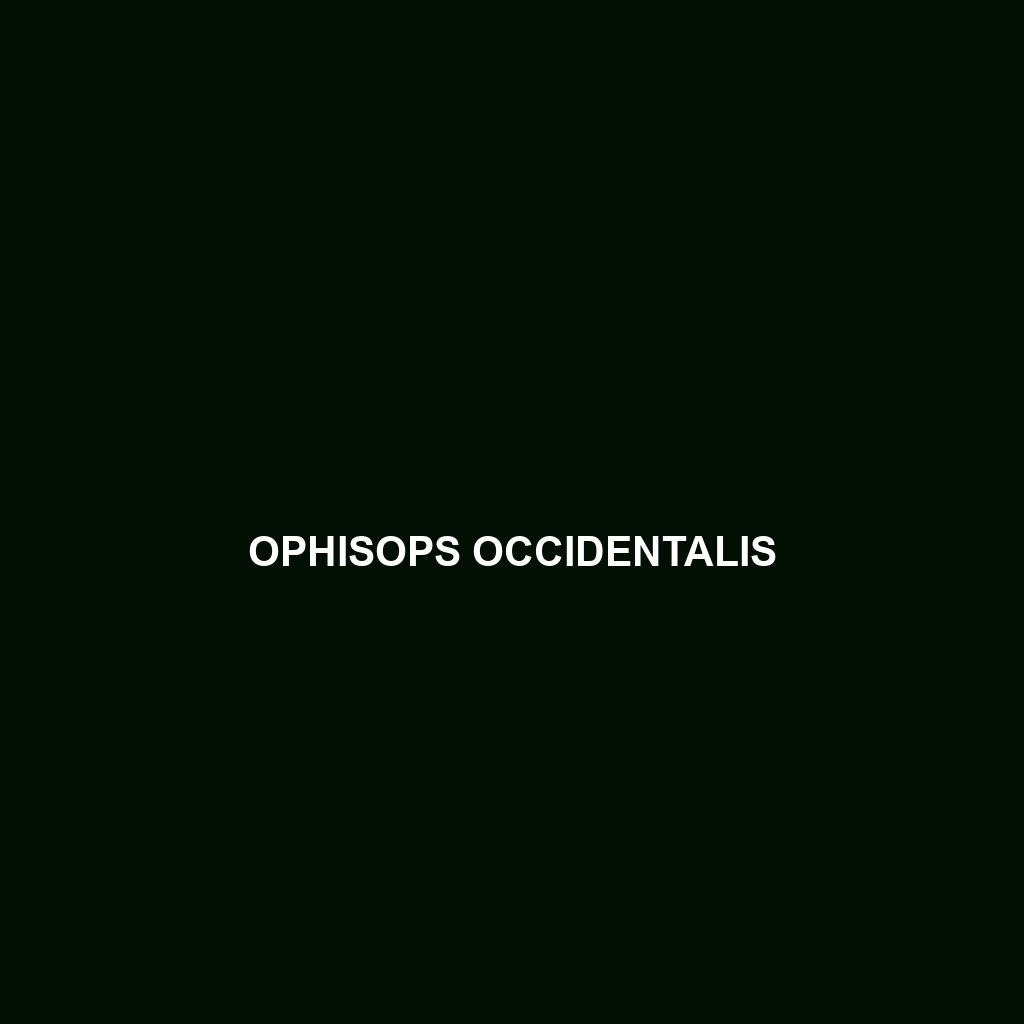<p>Discover the <b>Ptyodactylus guttatus</b>, or spotted gecko, a medium-sized insectivore native to the Mediterranean, known for its beautiful sandy tan coloration adorned with dark spots. Thriving in warm, arid environments, this adaptable species plays a crucial role in maintaining insect populations and contributes significantly to its ecosystem.</p>
Tag: Mediterranean reptiles
Psammodromus occidentalis
<b>Psammodromus occidentalis</b>, commonly known as the western psammodromus, is a slender lizard native to the dry scrublands and grasslands of Spain and Portugal, measuring 10-15 cm in length. Adapted to sandy environments, this insectivorous species exhibits remarkable agility and burrowing abilities, playing a vital role in controlling insect populations and maintaining ecological balance.
Psammodromus algirus
<strong>Psammodromus algirus</strong>, or the Algerian Sand Racer, is a small, agile lizard native to the Mediterranean region, thriving in sandy habitats with well-drained soils. Known for its striking coloration and diurnal behavior, this insectivorous species plays a crucial role in controlling insect populations and serves as a significant indicator of ecological balance.
Ptyodactylus guttatus
<p>Discover the <b>Ptyodactylus guttatus</b>, or spotted gecko, a medium-sized insectivore native to the Mediterranean, known for its beautiful sandy tan coloration adorned with dark spots. Thriving in warm, arid environments, this adaptable species plays a crucial role in maintaining insect populations and contributes significantly to its ecosystem.</p>
Psammodromus occidentalis
<b>Psammodromus occidentalis</b>, commonly known as the western psammodromus, is a slender lizard native to the dry scrublands and grasslands of Spain and Portugal, measuring 10-15 cm in length. Adapted to sandy environments, this insectivorous species exhibits remarkable agility and burrowing abilities, playing a vital role in controlling insect populations and maintaining ecological balance.
Psammodromus algirus
<strong>Psammodromus algirus</strong>, or the Algerian Sand Racer, is a small, agile lizard native to the Mediterranean region, thriving in sandy habitats with well-drained soils. Known for its striking coloration and diurnal behavior, this insectivorous species plays a crucial role in controlling insect populations and serves as a significant indicator of ecological balance.
Podarcis pityusensis
Podarcis pityusensis, commonly known as the Pityusic lizard, is a small, agile lizard found in the rugged coastal habitats of the Pityusic Islands in the Mediterranean. With its insectivorous diet and vibrant coloration, especially during breeding season, this species plays a vital role in its ecosystem, balancing insect populations while serving as prey for various predators.
Podarcis lusitanicus
Discover the Lusitanian wall lizard (Podarcis lusitanicus), a resilient species native to the Iberian Peninsula, thriving in various habitats from temperate forests to urban environments. This slender lizard, measuring 8 to 10 inches in length, features smooth scales and a variable coloration that aids in camouflage, while its omnivorous diet and fascinating reproductive behaviors enhance its ecological significance.
Podarcis hispanicus
<b>Podarcis hispanicus</b>, known as the Iberian wall lizard, is a vibrant and adaptable species native to the Iberian Peninsula, measuring 6 to 9 inches long. Primarily insectivorous, these diurnal lizards thrive in diverse habitats, showcasing remarkable behaviors, such as tail regeneration and unique mating rituals during the spring and summer.
Ophisops occidentalis
<p><b>Ophisops occidentalis</b>, or the Western Snake-eyed Skink, is a diurnal insectivore native to the Mediterranean regions of North Africa and Southern Europe. With its distinctive 'snake-eyed' appearance and ability to thrive in various habitats, this resilient skink plays a crucial role in regulating insect populations and serves as prey for larger predators.</p>









